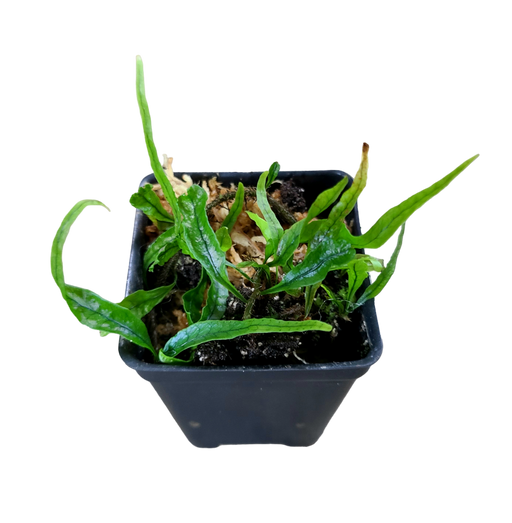 Sold out
Sold out
Microgramma lycopodioides "Small Form"
FrogDaddy
Microgramma lycopodioides is a beautiful micro fern. It is native to Ecuador, Panama, Brazil, Bolivia, Nicaragua, and Madagascar. It has flat, thin...
View full details Sold out
Sold out
Microgramma lycopodioides is a beautiful micro fern. It is native to Ecuador, Panama, Brazil, Bolivia, Nicaragua, and Madagascar. It has flat, thin...
View full details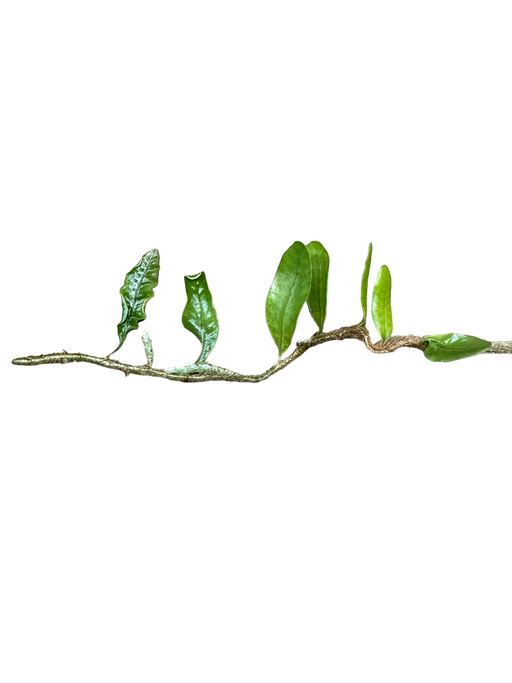 Sold out
Sold out
Microgramma nitida is a beautiful micro fern. It is native to Mexico and Central America. It has flat, thin green fronds that are larger in size th...
View full details Sold out
Sold out
Microgramma reptans is a pubscent micro fern. It is native to Ecuador. It has flat, thin green fronds and spreads via a creeping rhizome. This plan...
View full details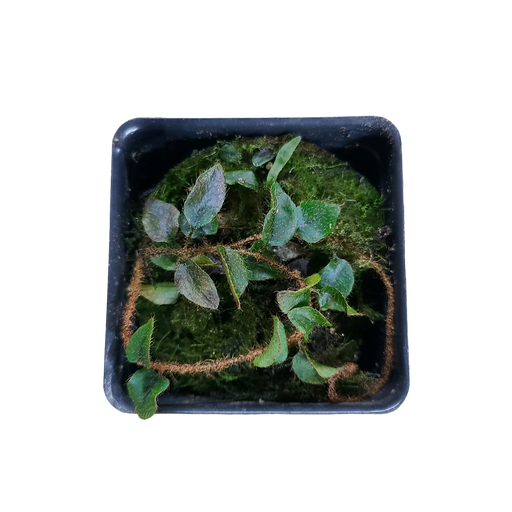 Sold out
Sold out
Microgramma sp #1 is a brilliant micro fern. It has flat, thin green fronds and spreads via a creeping rhizome. It is native to Ecuador. This plant...
View full details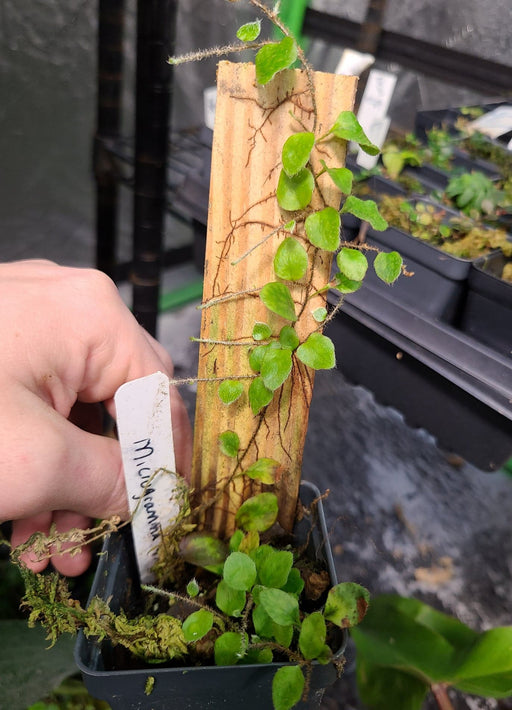
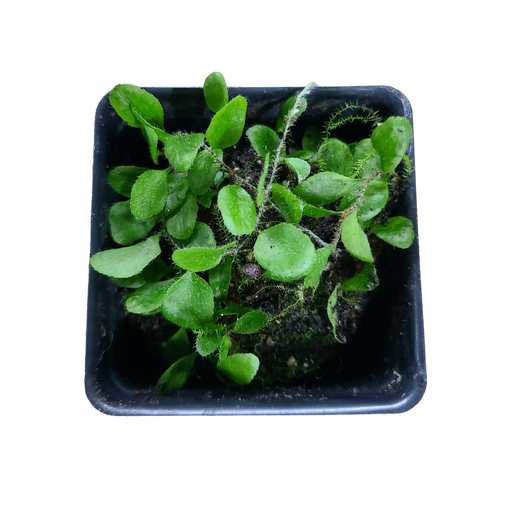 Sold out
Sold out
Microgramma sp #3 is a brilliant micro fern. It has flat, thin green fronds and spreads via a creeping rhizome. This plant is native to Ecuador. Th...
View full details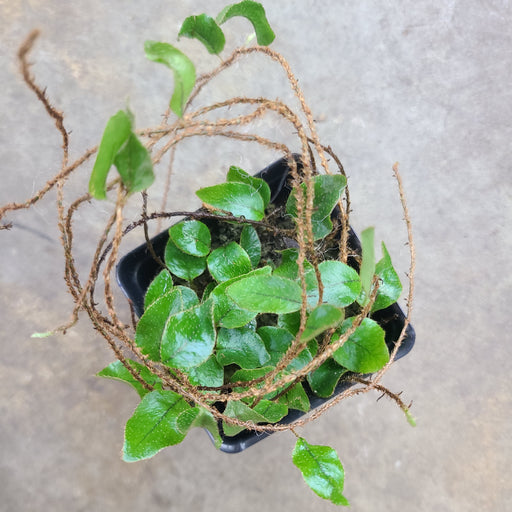
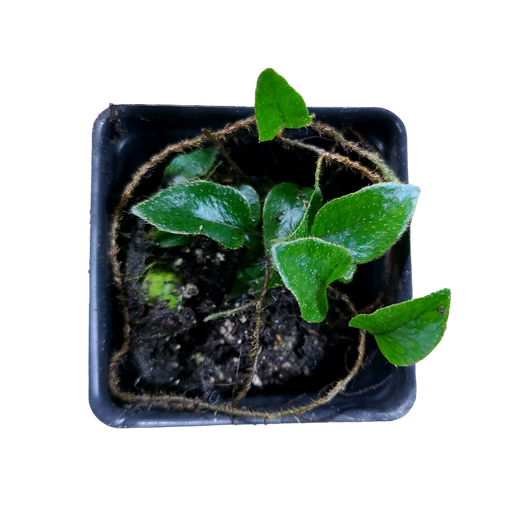 Sold out
Sold out
Microgramma sp #4 is a brilliant micro fern native to Ecuador. It has flat, thin green fronds and spreads via a creeping rhizome. This plant does w...
View full details Sold out
Sold out
Microgramma sp 'Santi' is a pubescent micro fern. It has flat, thin green fronds and spreads via a creeping rhizome. This plant does well epiphityi...
View full details
 Sold out
Sold out
Monolena sp Red is a wonderful terrarium species. It is colorful, easy to divideand root, and throws seed pods often when it’s mature. It does well...
View full details
This Gesneriad species is native to Ecuador and is newly described. It is a unique species and feels “tough” to the touch. It enjoys medium light a...
View full details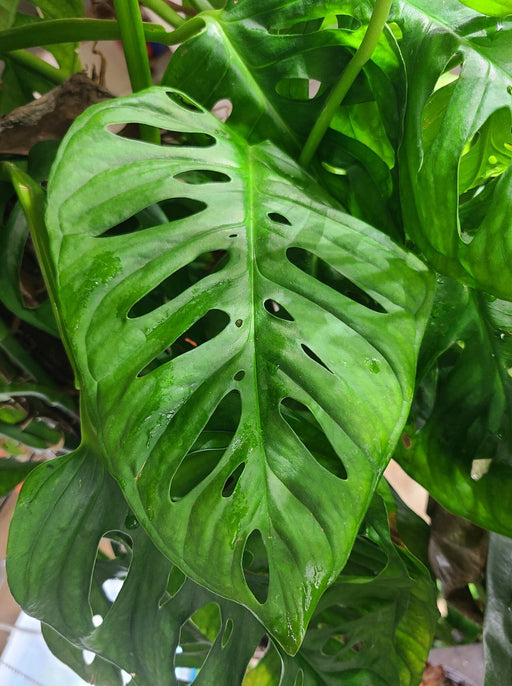
Monstera adansonii is the common, classic swiss cheese plant, that gets its name from the fenestration (holes) in its leaves. This plant can get ab...
View full details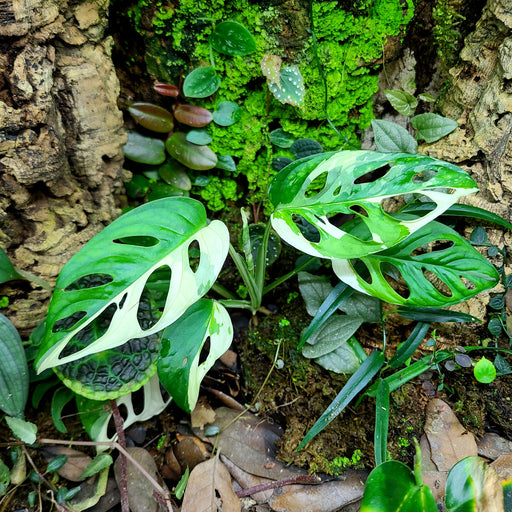 Sold out
Sold out
OVERNIGHT SHIPPING ONLY, WE WILL CANCEL YOUR ORDER IF YOU DO NOT CHOOSE NEXT DAY OPTIONS. Monstera adansonii variegata is the variegated form of th...
View full details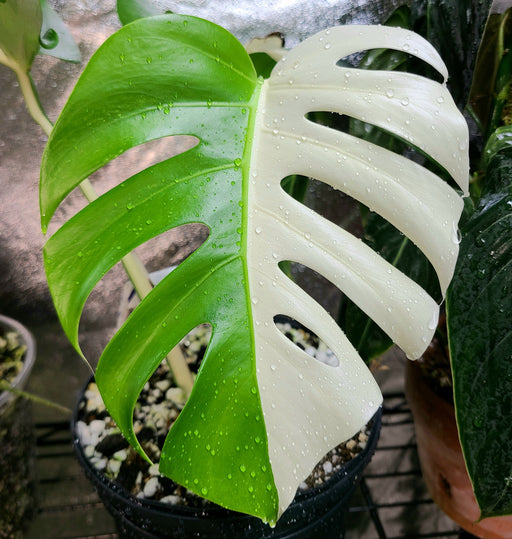
 Sold out
Sold out
OVERNIGHT SHIPPING ONLY, WE WILL CANCEL YOUR ORDER IF YOU DO NOT SELECT NEXT DAY OPTION. Monstera deliciosa Albo Variegata var. Small Form is a bea...
View full details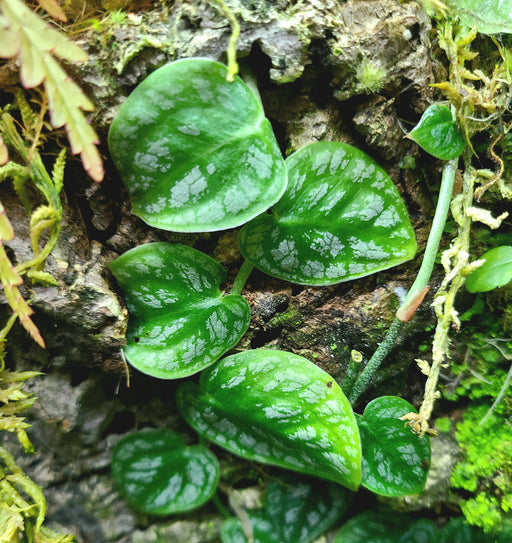 Sold out
Sold out
Monstera dubia is found through Central and South America, and Mexico. It undergoes dramatic foliage transformation as it matures, although in terr...
View full details
Monstera dubia is found through Central and South America. It undergoes dramatic foliage transformation as it matures, although in terrarium cultur...
View full details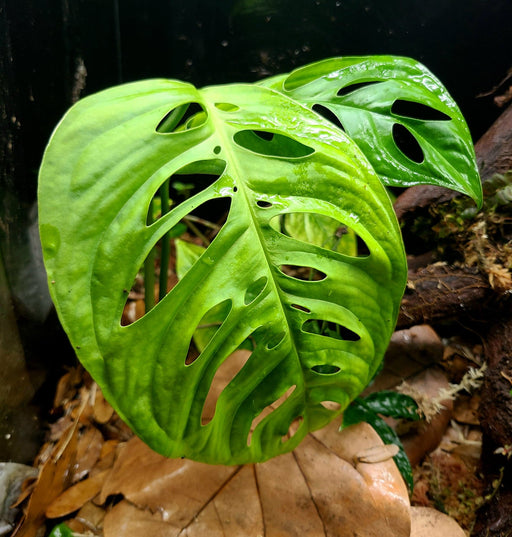
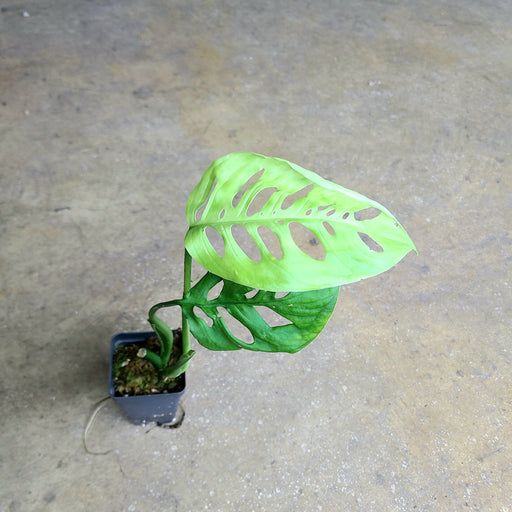 Sold out
Sold out
Monstera esqueleto is a rare Monstera that is fairly new to cultivation. It is thought to have originated from collections from Kew Gardens and has...
View full details
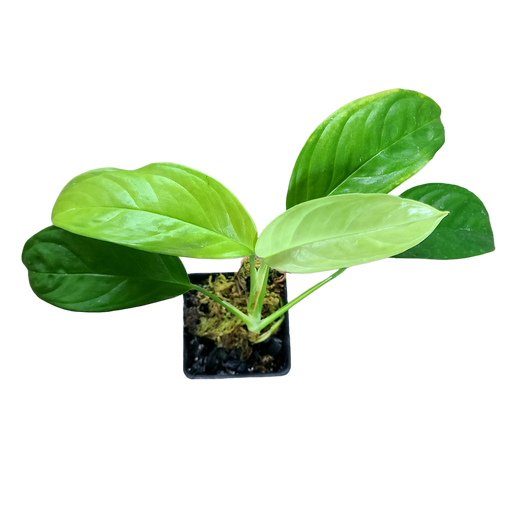
Monstera obliqua "Bolivia" is an uncommon Monstera, but is becoming increasingly common. This plant can get absolutely massive in situ, but usually...
View full details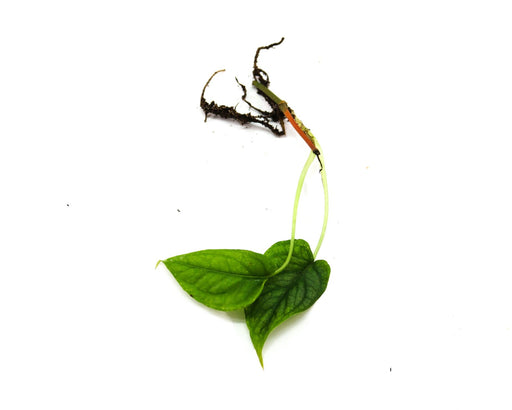 Sold out
Sold out
Monstera siltepecana is an uncommon Monstera that is a great terrarium candidate due to its smaller size of immature leaves. It is a great trailing...
View full details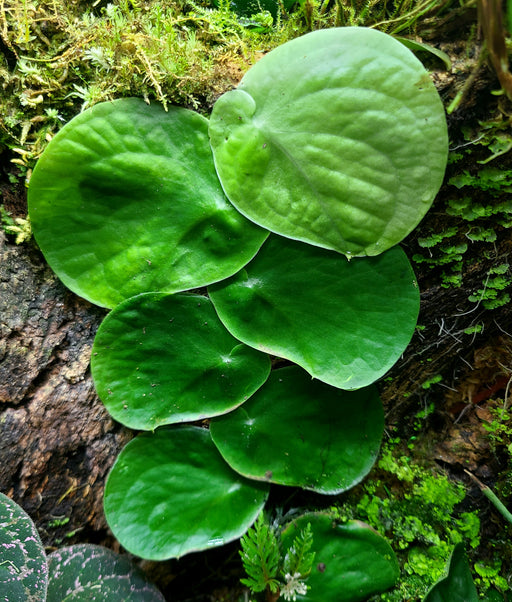
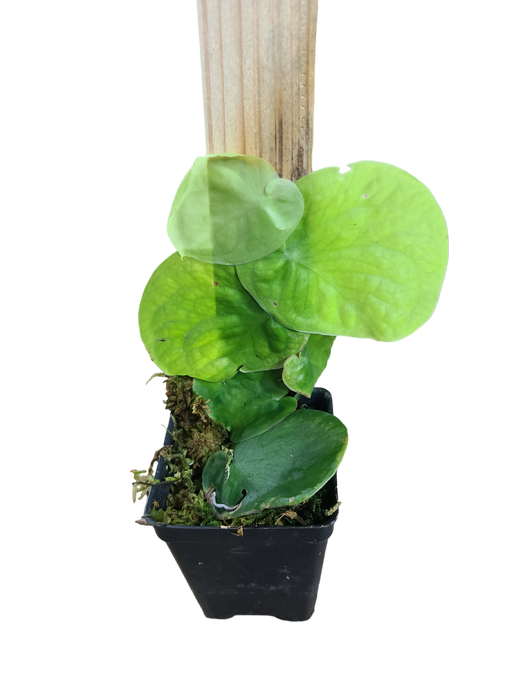
Monstera Bocas Del Toro is a papery thin shingling species found in Panama. We aren't sure if this is even a Monstera, and we have never been able ...
View full details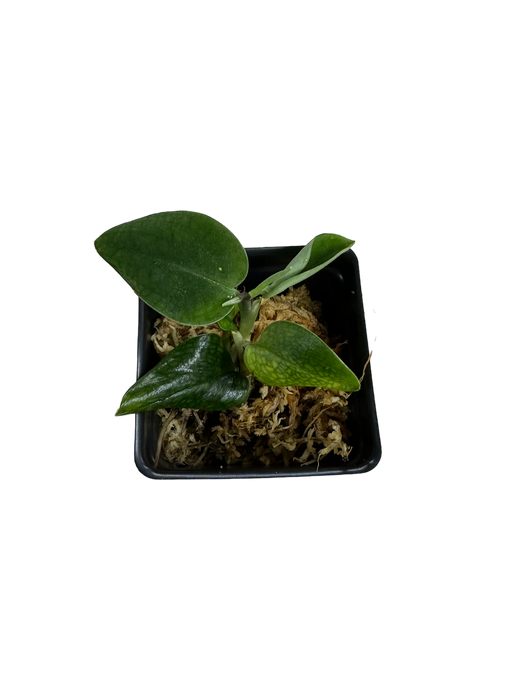 Sold out
Sold out
Monstera sp. “Black Velvet” is from Peru and hails dark, creamy black foliage at maturity. Depending on lighting, it may turn a dark green or an ev...
View full details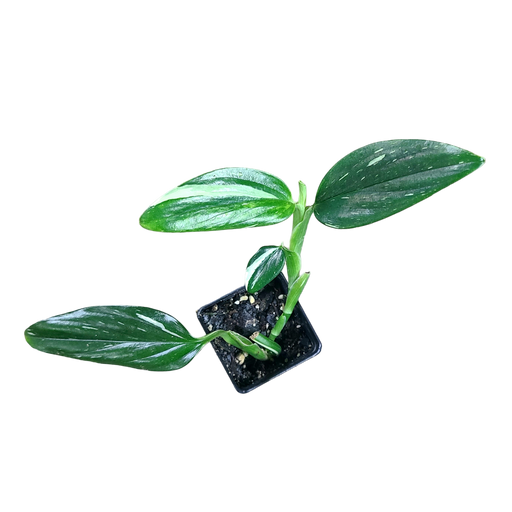 Sold out
Sold out
Monstera standleyana "Albo Variegata" is the uncommon variegated form of an already uncommon Monstera that is a great terrarium candidate due to it...
View full details Sold out
Sold out
Monstera subpinnata is a rare Monstera that is a great terrarium candidate due to its smaller size of immature leaves. It is a great trailing plant...
View full details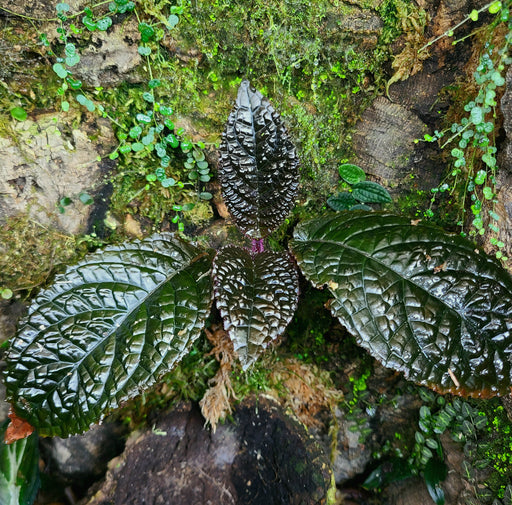 Sold out
Sold out
Nautilocalyx bullatus is native to Peru to Brazil. They like moderate indirect light and high humidity. All of our cuttings have adventitious, aer...
View full details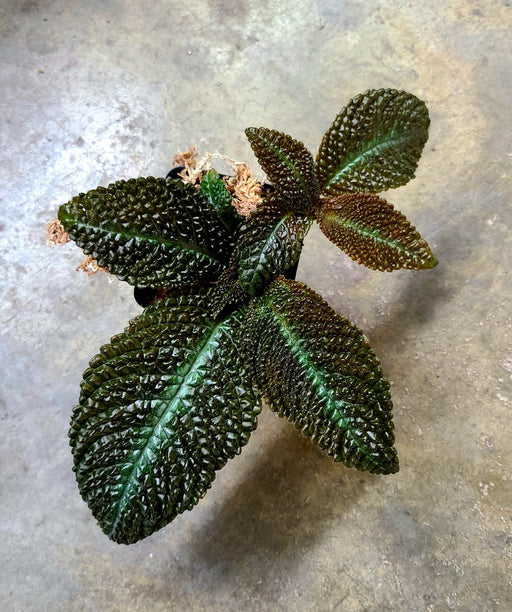
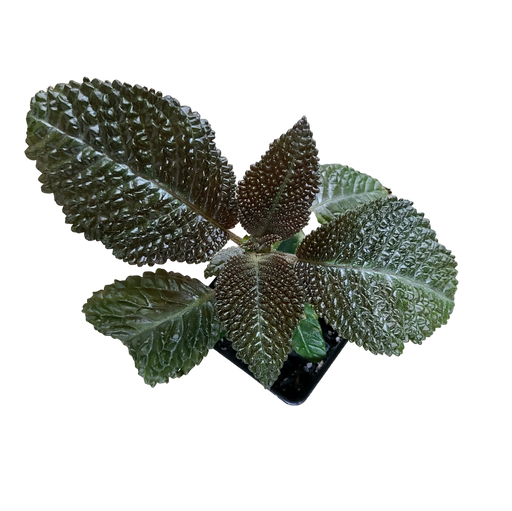
Nautilocalyx ecuadoranus is from Morona Santiago. This specimen has locality information but it is unknown if it is truly ecuadoranus. They like mo...
View full details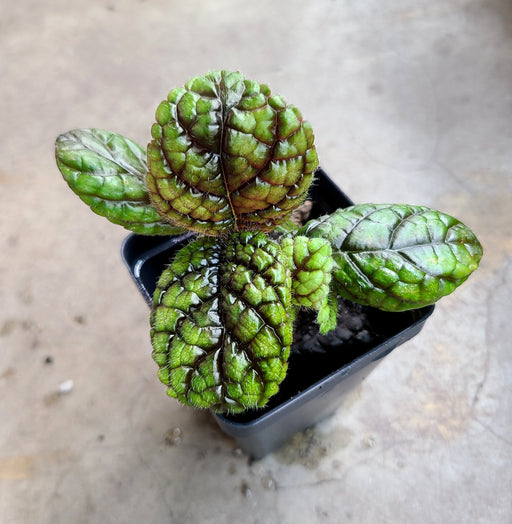
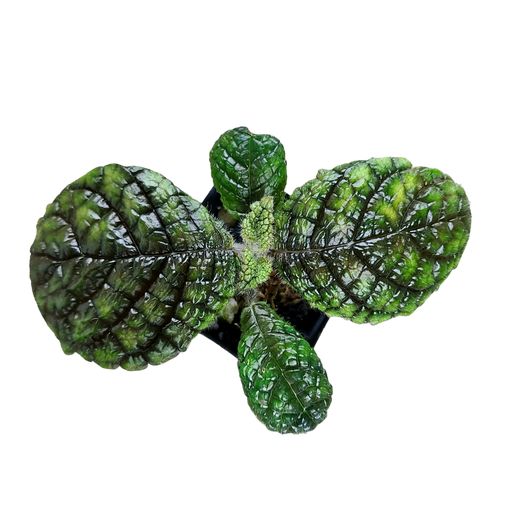
Nautilocalyx erytranthus was described in 2014 and is found throughout Colombia, Ecuador, and Peru. It is a beautiful addition to any vivarium and ...
View full detailsHop on our email list today!
Copyright © 2024 FrogDaddy.
